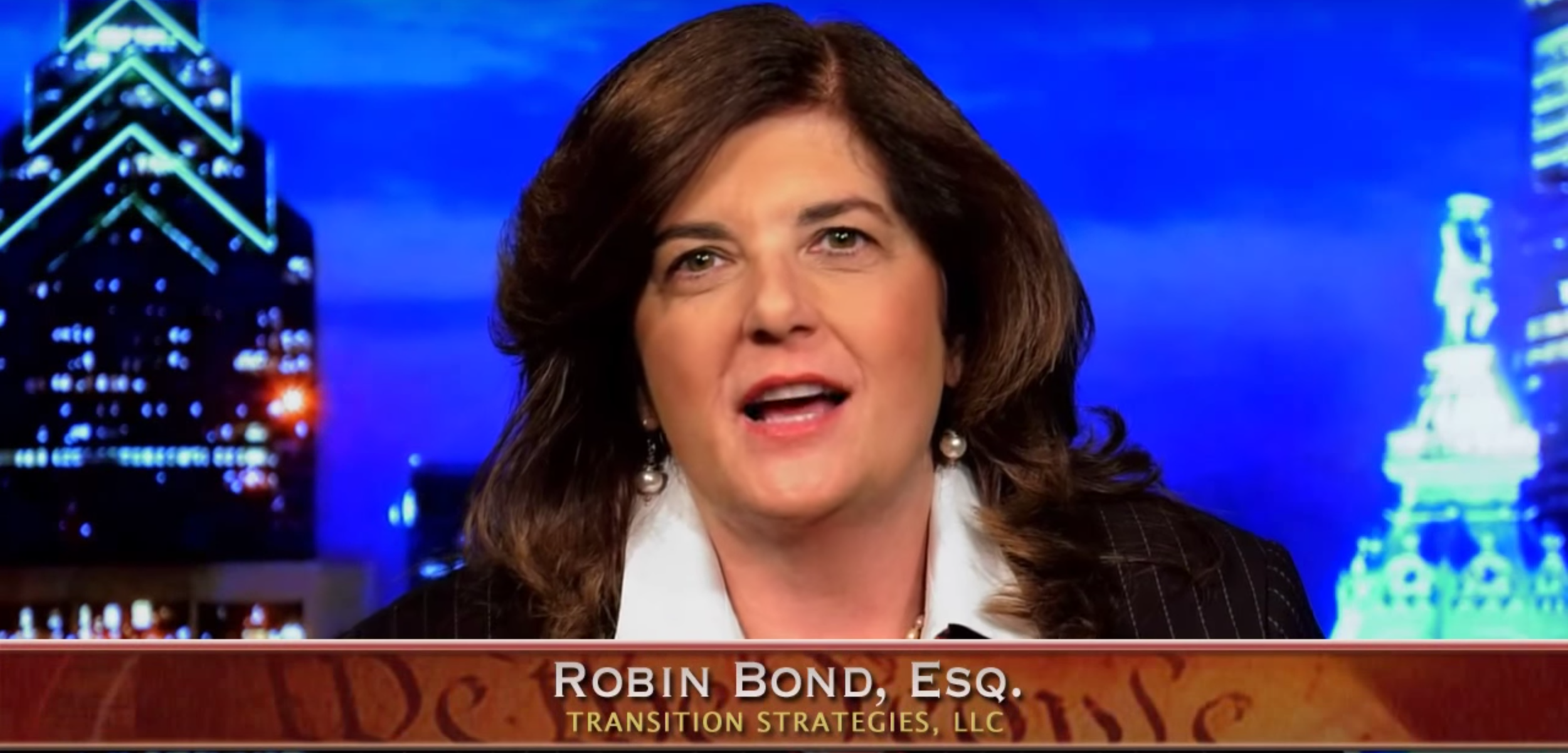Performance Pay Trends for Executives
When working with executive clients, we believe it is important to focus on the long-term incentive award design as well as the weighting of performance metrics. The long-term incentive award design can mean determining what percentage of the long-term incentive package should be strictly time-based (stock options), what percentage should be both time and performance based (restricted stock units), and what percentage should be based on corporate performance relative to comparator companies (performance units).
This weighting has become increasingly important based upon recent pay-for-performance trends, particularly as measuring the executive’s effectiveness in delivering relative total shareholder return (RTSR) has become more critical. For example, the spring issue of C-Suite, an Equilar publication, reported the following:
· Over 82% of Equilar 500 CEOs received a performance grant in FY 2016, and the percentage of these receiving at least half of their long-term inventive values based on performance awards increased from 33.3% in 2012 to 60.8% in 2016.
· The percentage of Equilar 500 companies providing compensation awards dependent upon a Return on Capital (ROC) metric increased to 36.1% in 2016, up from 30.0% in 2012.
· Approximately 28% of Equilar 500 companies use Earnings Per Share (EPS) as a metric by which to measure executive performance.
Executives want input into the appropriate performance metrics to be used, and the weighting of that metric to the final award payout. They also want to set target goals that map to payouts.
We appreciate that incentive plans are often unique to each company – and each executive. As such, to protect against the impact of market or industry-wide movements and other factors that are beyond the control of the individual executive, it is important to try to design an LTI package in a balanced way – for example, by pairing metrics together vs. the entire LTI award being fully dependent upon one metric or measurement.

